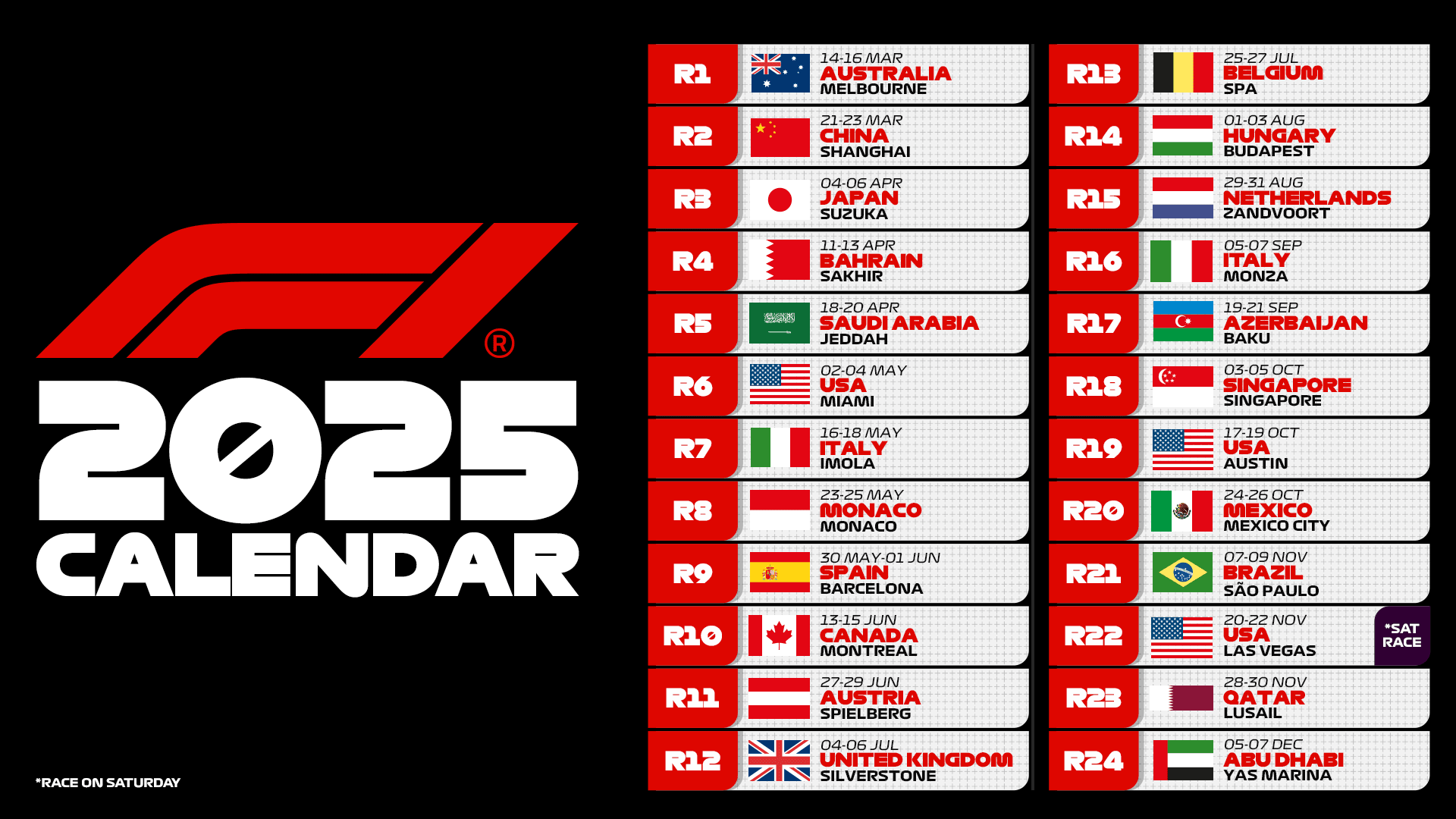
The twelfth round of the 2024 Formula 1 championship delivered another photo-finish, with Lewis Hamilton fending off a relentless charge from Max Verstappen to secure a remarkable victory in front of the home crowd at the Silverstone circuit. The British Grand Prix was chaotic, with five drivers contending for the race win, and the final order remained uncertain until the last lap. This British Grand Prix highlighted Formula 1’s recent shift away from the Red Bull – Max Verstappen dominance.
The resurgence of McLaren and Mercedes, coupled with Sergio Perez’s struggles, keeps the constructors’ championship open, a rarity in the past decade. This situation prompts an analysis of the 2024 Formula 1 competitive landscape, exploring the technical and regulatory factors behind it based on telemetry data. A simple look at the gaps between the race winners confirms the initial hypothesis, except for the early Asian rounds dominated by Red Bull.
In subsequent races, the gap between the winner and the second-place driver has significantly decreased, even falling below a second at the Imola circuit. This trend has continued for the past five races, with two notable features. Firstly, the diversity of teams and drivers competing for victories. At Imola, Barcelona, and Canada, Lando Norris and Max Verstappen were the main contenders; in Monaco, it was Charles Leclerc versus Oscar Piastri. Austria saw the battle between George Russell and Oscar Piastri, while in Britain, it was Lewis Hamilton and Max Verstappen. This scenario, with four teams and eight potential winners, hasn’t been seen since 2012. This year, there have already been six different winners from four teams in the first half of the 2024 Formula 1 season.
F1 2024: Data Confirms the Trend
Twelve years ago, there were eight winners from five different teams. For many fans, 2012 evokes nostalgic memories, and this year’s similar trends are promising. The reduced use of Safety Cars or red flags enhances these close finishes; the Safety Car hasn’t been deployed since the Canadian Grand Prix, with only four instances across twelve races and two red flags.
This leads to smoother races, highlighting the drivers’ pace, tire management, and pure performance. For statisticians, calculating average pace or percentage gaps between similarly performing cars in minimally interrupted races will yield smaller differences. The recent trend is technically driven: teams have mastered the ground-effect cars in their third year, learning how to maximize performance, leading to technical convergence that narrows the gaps between teams. A similar situation occurred at the end of the 2017-2021 cycle, and it’s likely that this year and next, the final season under current regulations, will see performance gaps close further. The allocation of Computational Fluid Dynamics and wind tunnel hours, inversely proportional to championship standings, accelerates this process.
With the reduced importance of the car, the difference now lies in the driver’s skill and the strategic decisions made from the pit wall. The Silverstone race was decided by the right call at the right time: it seemed like a straightforward race for Lando Norris, but a delayed call by just one lap negated his slight advantage. The wrong choice of soft tires allowed Max Verstappen to close the gap on hard tires, while Lewis Hamilton’s masterful management of the same soft tires kept him ahead of the Dutchman. Hopefully, the remaining twelve races of the 2024 Formula 1 championship will continue this trend, offering unprecedented excitement and possibly a close fight for the constructors’ title.
Show your support for Scuderia Ferrari with official merchandise collection! Click here to enter the F1 online Store and shop securely! And also get your F1 tickets for every race with VIP hospitality and unparalleled insider access. Click here for the best offers to support Charles and Lewis from the track!
Source: FUnoanalisitecnica












.png)

Leave a Reply